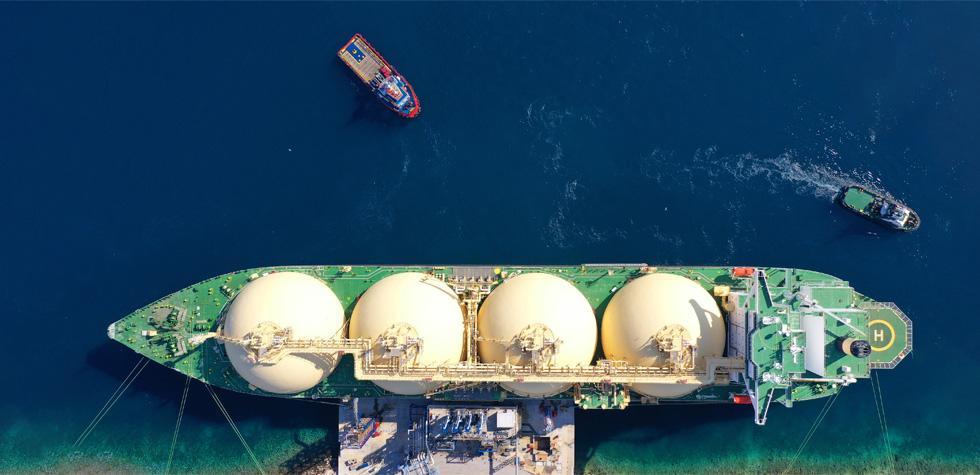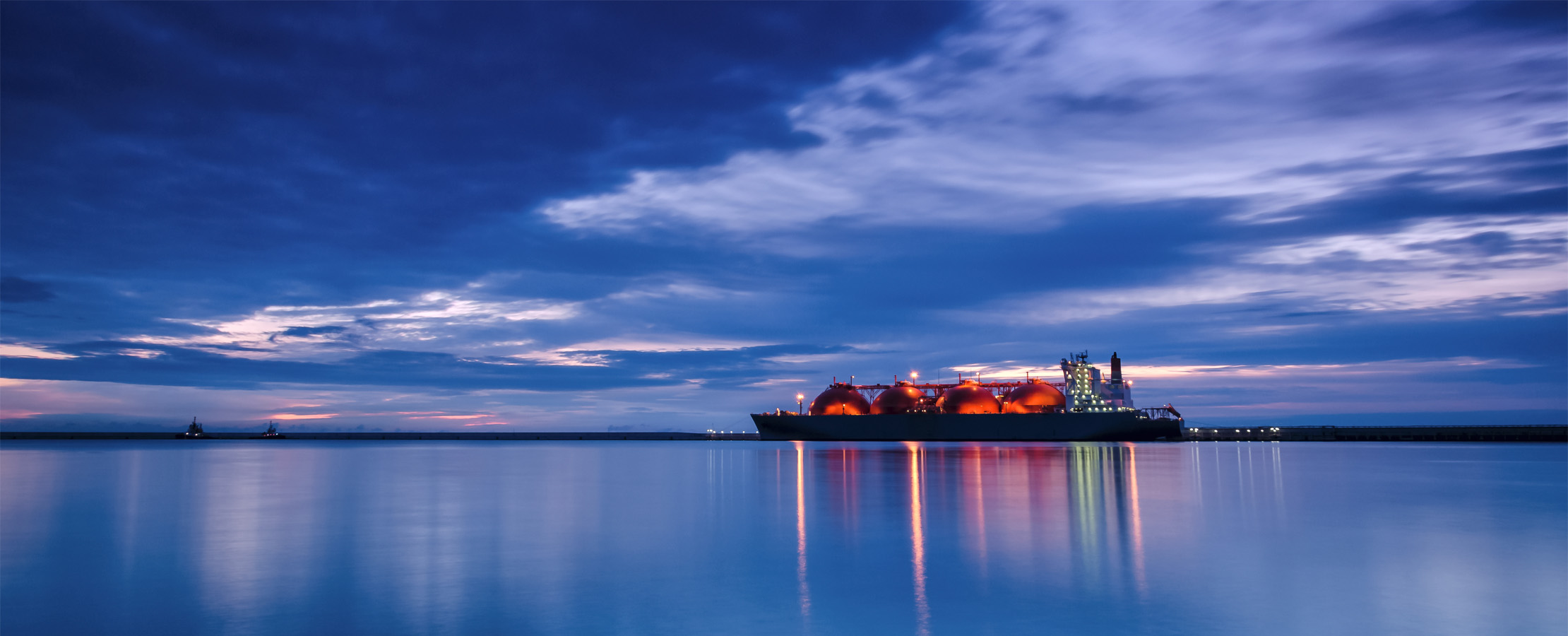LNG: A Versatile Energy Source Comes Into Its Own
The versatility of liquefied natural gas (LNG) has positioned it as a key primary energy source, particularly at times of disruption. LNG is in greater demand today than ever, and its prospects look bright, according to industry forecasts.
Recent months have seen significant volatility in the world's energy markets, as consumer nations seek out alternative supply sources and producers step up to meet that demand. These shifts have highlighted the role of LNG: demand has soared in Europe, placing the continent in competition with core markets in Asia and disrupting traditional market dynamics around the world.
2022 saw record imports of LNG into Europe, with the IEA reporting increases of up to 65 percent. Producers from Argentina to Australia are expanding capacity in response to the market shifts, keeping LNG in the headlines as a resilient fuel to turn to in uncertain times.
The rise of LNG
LNG was a relative latecomer to the energy market, compared with other fossil fuels. Its extraction and transportation (which requires specially designed terminals and ships) are no small undertakings, requiring considerable time and investment. However, it has seen a meteoric rise in the 21st century, in part driven by the introduction of LNG imports to growing swathes of Asia. This has come as a boon to countries like Qatar, which have found demand for resources previously designated as stranded assets.
LNG is expected to play a key role in the energy transition. Following a brief glut in supply at the start of the pandemic, demand outstripped supply as the world emerged from lockdowns, increasing six percent to 380 million metric tons in 2021. More significantly, following the drop in Russian production after its invasion of Ukraine, countries are scrambling to secure supplies.

Europe's shift to LNG
The European Commission's plan to boost its energy resilience, REPowerEU, rests on diversifying gas supplies while continuing to boost renewables and improve energy efficiency. The EU is looking to the US, Norway, Qatar, Azerbaijan, Egypt, Turkey, Israel and others for LNG imports, and recently signed a memorandum of understanding with Egypt and Israel to facilitate delivery of LNG to the EU.
The sudden surge in demand for LNG has been felt all over the world, not least in Asia: LNG’s core market for years. The scramble for LNG has left some Asian countries priced out of the market; in a highly unusual development, a recent $1bn LNG purchase tender by state-owned Pakistan LNG didn’t receive a single bid. The same happened in India. Other countries are turning to coal to meet their energy needs, in the absence of available LNG on the spot market.
Reshaping the gas landscape
The US is expected to play a major role in providing for the EU's needs. In March, US President Joe Biden approved additional exports of LNG to the EU, allowing Cheniere Energy's Louisiana and Texas terminals to export 20 million cubic meters of LNG per day to any country with which the US does not have a free trade agreement. In the first half of 2022, the US became the world's largest LNG exporter as it increased sales to Europe.
To reduce dependence on pipelines and import LNG to fill that gap, it will be necessary to expand LNG infrastructure to improve access to international LNG markets - a need the European Commission has acknowledged. For instance, Germany, which has no LNG import terminals, is planning four floating LNG terminals and two permanent onshore sites. This is likely to shape the LNG market for many years to come, as it takes years to build new facilities.
The European Commission has advised building new LNG terminals and considering establishment of new gas infrastructure with strong cross border dimension and hydrogen compatibility, with a view to the net-zero future.
In a year when everything - and particularly the energy market – appears so volatile, governments are turning to LNG in pursuit of stability. LNG has come into its own, and with forecasters predicting continuing tightness in the market into 2023, it looks set to continue to play an important role in the global energy mix.






